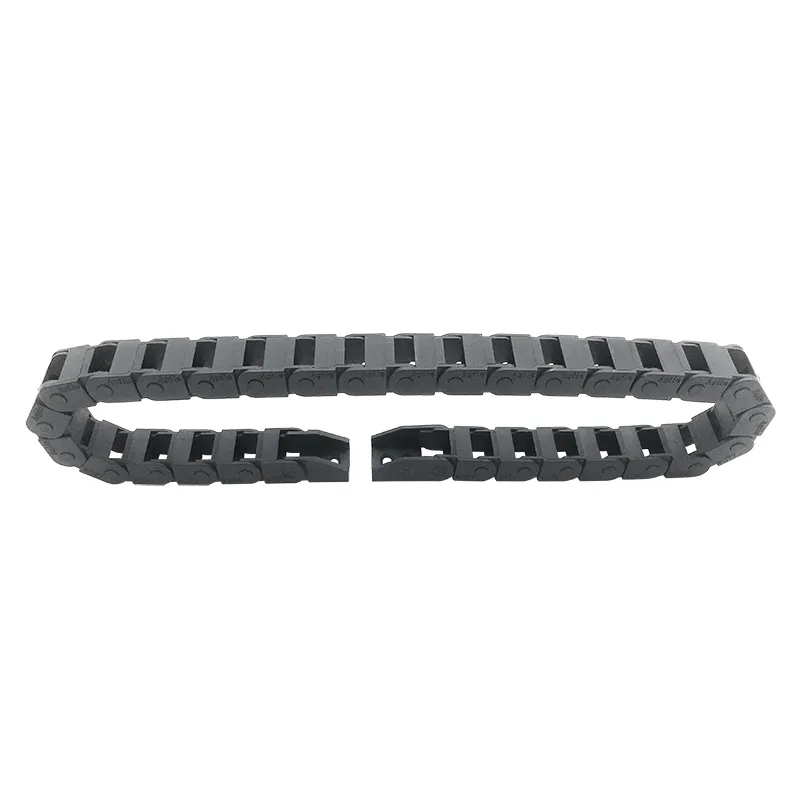metal bellow cover
Understanding Metal Bellows Covers Essential Components for Equipment Protection
In industrial and mechanical applications, protecting sensitive components from external elements is crucial for maintaining equipment efficiency and longevity. One effective solution for this is the use of metal bellows covers. These protective devices are designed to shield moving parts from dust, debris, and other potential contaminants while ensuring smooth operation.
What Are Metal Bellows Covers?
Metal bellows covers are flexible protective enclosures that use a series of folds or pleats to create a barrier around moving components. Typically constructed from materials such as stainless steel or other durable alloys, these covers can withstand harsh operating environments, high temperatures, and exposure to various chemicals. Their design allows for the accommodation of movement—necessary when parts are in operation—while still providing a robust protective layer.
The Importance of Metal Bellows Covers
1. Protection Against Contaminants One of the primary functions of metal bellows covers is to prevent foreign contaminants like dust, debris, and moisture from entering critical machinery. This protection is vital in manufacturing environments, where the presence of particulates can lead to equipment failure and costly downtime.
2. Enhanced Equipment Longevity By safeguarding sensitive components from environmental hazards, metal bellows covers help prolong the life of machinery. Their robust construction resists wear and tear, minimizing the need for repairs or replacements, which can be both time-consuming and expensive.
3. Smooth Operation The flexible nature of metal bellows covers allows for unrestricted movement of the underlying components. This flexibility ensures that machinery can operate efficiently without the risk of friction or binding that might occur with more rigid protective solutions.
Applications of Metal Bellows Covers
Metal bellows covers are widely used across various industries due to their versatility and effectiveness. Some common applications include
metal bellow cover

- CNC Machines In the realm of precision machining, metal bellows covers protect sliding ways, spindle extensions, and other critical moving parts from contamination and debris. - Robotics In robotic systems, these covers can shield delicate joints and actuators from dust and moisture, ensuring continued precise operation.
- Automotive In the automotive sector, metal bellows are used to protect engine components, drive shafts, and other mechanisms subject to movement and environmental exposure
.- Aerospace Given the extreme conditions that aerospace components often face, metal bellows covers provide essential protection against high pressure and temperature fluctuations.
Key Considerations When Choosing Metal Bellows Covers
When selecting metal bellows covers for a specific application, several factors must be considered
- Material Selection The choice of material is critical, as it will determine the cover's durability and resistance to environmental challenges. Stainless steel is a popular choice due to its strength and corrosion resistance.
- Size and Configuration Proper sizing is essential for effectiveness. The bellows cover should fit snugly to provide adequate protection while allowing for the required range of motion.
- Environmental Conditions Understanding the working environment is vital. Factors such as temperature extremes, exposure to chemicals, and potential for abrasion can influence the design and material selection of the bellows cover.
Conclusion
In summary, metal bellows covers play an indispensable role in protecting machinery and enhancing operational efficiency across various industries. By shielding critical components from contamination and wear, these devices not only promote smoother operation but also contribute to the overall longevity of equipment. As industries continue to evolve, the design and application of metal bellows covers will remain essential in safeguarding the future of machinery and technology.








